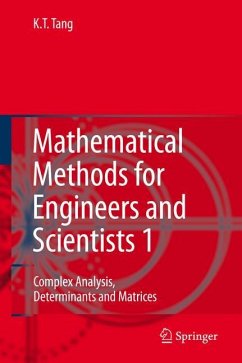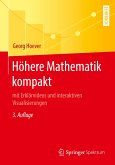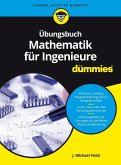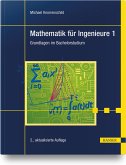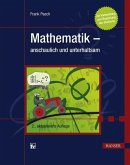The topics of this set of student-oriented books are presented in a discursive style that is readable and easy to follow. Numerous clearly stated, completely worked out examples together with carefully selected problem sets with answers are used to enhance students' understanding and manipulative skill. The goal is to help students feel comfortable and confident in using advanced mathematical tools in junior, senior, and beginning graduate courses.
From the reviews:
"As the title suggests, this textbook in three volumes is mainly intended for students in natural sciences and engineering. ... This is of course a big advantage which could serve as a model for many textbooks in mathematics as well." (Jürgen Appell, Zentrablatt MATH, Vol. 1153, 2009)
"As the title suggests, this textbook in three volumes is mainly intended for students in natural sciences and engineering. ... This is of course a big advantage which could serve as a model for many textbooks in mathematics as well." (Jürgen Appell, Zentrablatt MATH, Vol. 1153, 2009)

